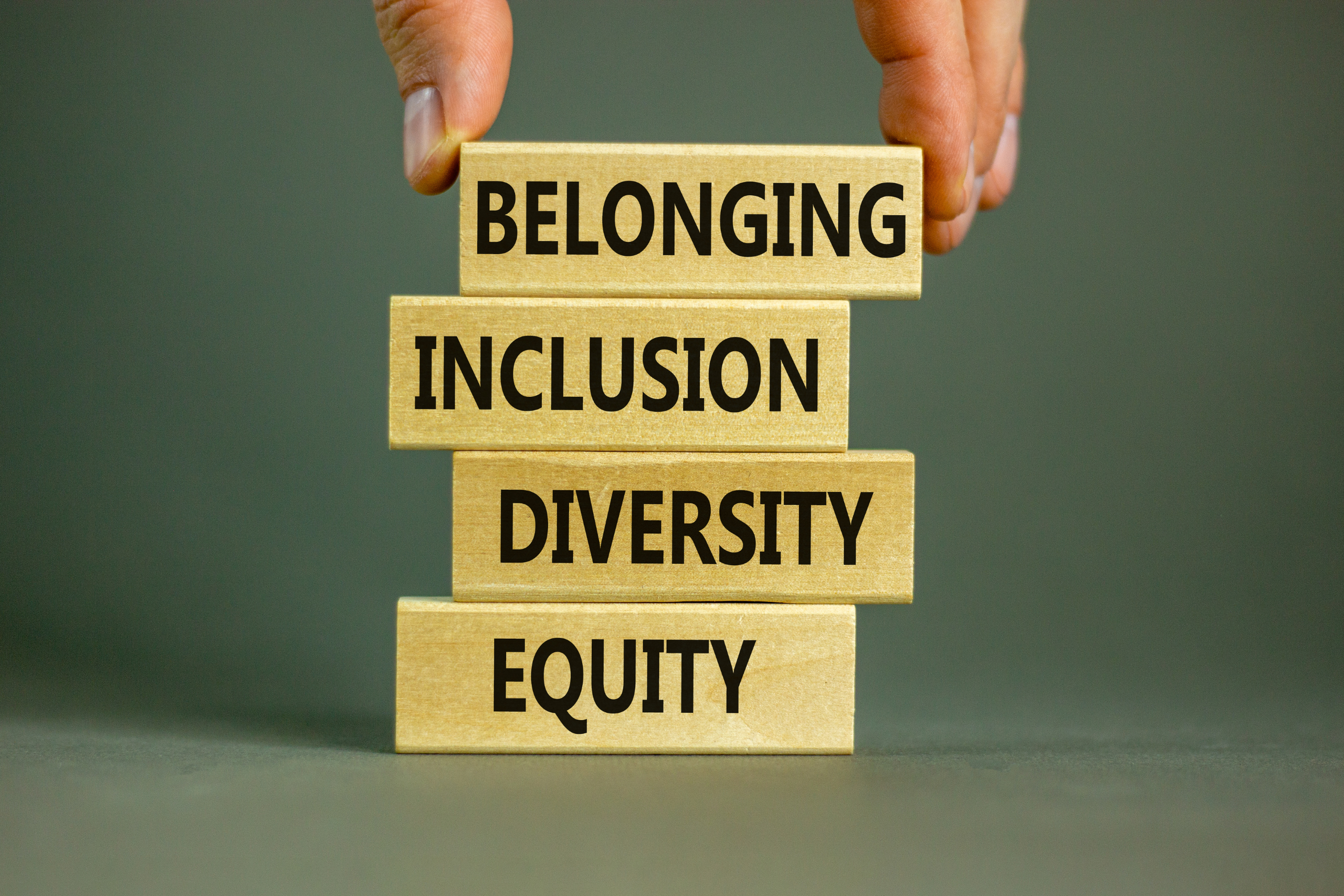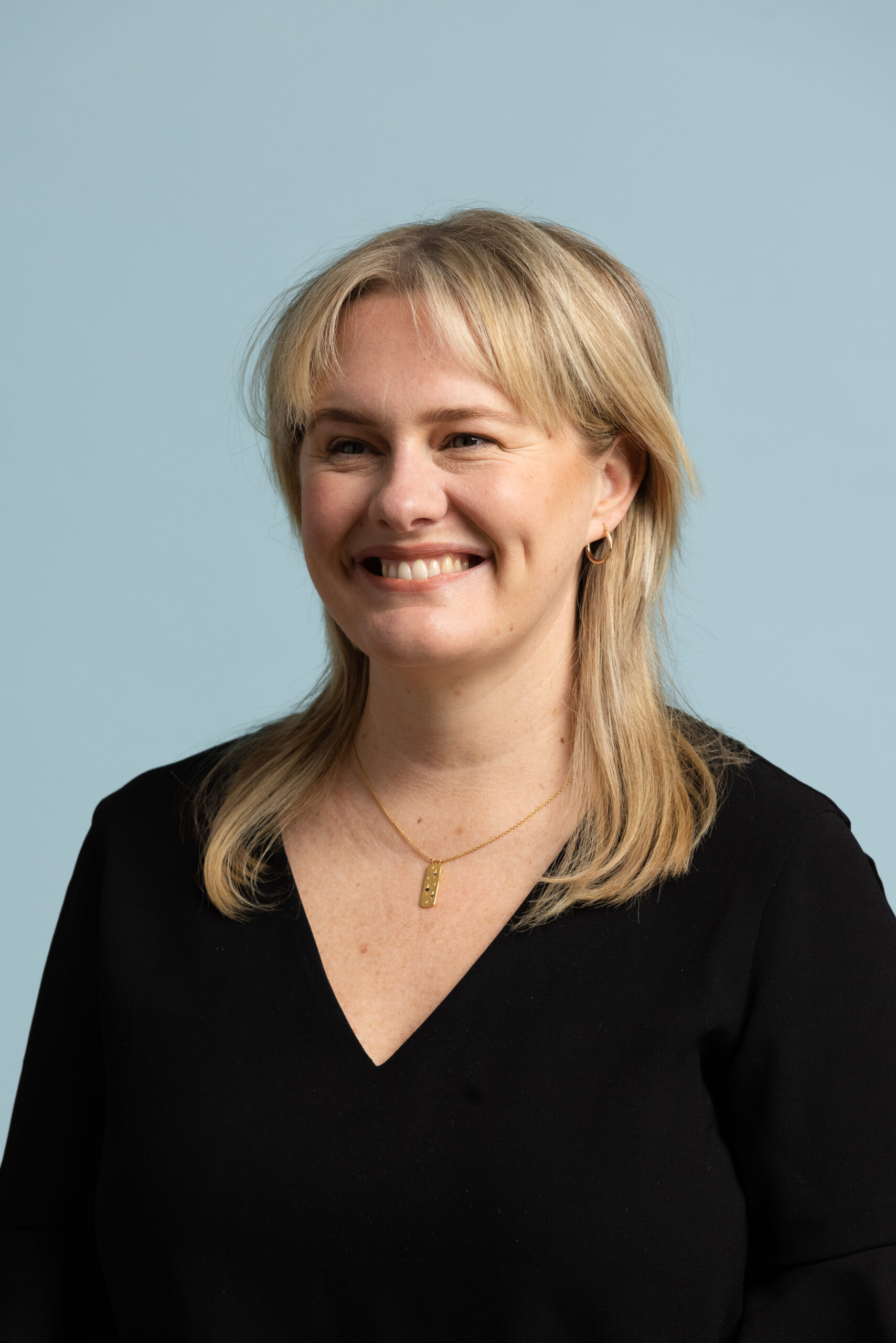Inclusive Language: The Key to Unlocking Accessible Communication for Everyone

Melissa
Senior Consultant

Inclusive Language: Creating a world where everyone feels valued, respected, and understood.
Imagine attending a conference where everyone speaks a different language. What would you need to feel fully included at such a conference? A translator? Captions in English? That’s exactly what it feels like to come up against communication that isn’t accessible. As someone who works in disability inclusion, I see this all the time. Its exclusion wrapped in confusing jargon, complex words and outdated terms. But there’s a simple solution: Inclusive and Accessible language.
Here’s the thing: inclusive language isn’t just about being polite. It’s about creating a world where everyone feels valued, respected, and understood. It’s about ensuring everyone has access to clear, concise information, regardless of their background or literacy skills.
So, what is Inclusive Language?
The words we use are important. They can either build understanding or create confusion. Inclusive language is about choosing our words carefully to ensure everyone feels included whether it’s a spoken word, written word or whatever way you communicate. It’s about steering clear of words that exclude people based on factors like gender, race, age, or disability.
Have you ever had to take part in a corporate conversation? It’s like trying to decipher a secret code! “Socialise this report, circle back on that, deep dive into what now?” Inclusive language is the opposite. It uses plain English, avoids unnecessary jargon, and emphasises common words. This is especially important for people with learning or cognitive disabilities – and can also benefits people where English isn’t their first language. Did you know, as of 2021, 22.3% of people used a language other than English at home.
The Power of Disability Inclusive Language
At GSA, we want to encourage people to use positive language when talking about disability and avoid negative language. This includes recognising different types of disability, from psychosocial and intellectual to physical and sensory.
For example, instead of saying “Michael is confined to a wheelchair,” we can say “Michael uses a wheelchair to get around.” It’s a subtle shift, but it makes a big difference. People with disability are not defined by their disability, although it can be a big part of their identity. People with disability are just people with preferences and perspectives, like all people. Inclusive language reflects that.
Why Does Inclusive and Accessible Language Matter?
Beyond fostering respect and understanding, inclusive and accessible language has a practical impact. Did you know that 44% of Australians have low literacy skills? That means nearly half the population might struggle to understand information.
By adopting plain English principles like using clear and concise language – we can bridge this gap and ensure everyone has access to the information they need. Imagine important websites, or even campaigns that everyone can understand. That’s the power of inclusive language.
Ready to Embrace Inclusive Language? Here are My Top Tips!
- Respect Individual Preferences: When unsure, ask! People with disability may have personal preferences regarding terminology (e.g., person-first language or identity-first language).
- Ditch Outdated Terms: Words like “handicapped,” “impaired,” and “special needs” are no longer appropriate.
- Learn from Mistakes: We all make them. Acknowledge a slip-up and move forward with a commitment to be more inclusive.
- Embrace Clarity: Keep your sentences short and simple. Avoid jargon and technical terms that might exclude people.
Inclusive language isn’t a trend, it’s a necessity. It creates a world where everyone feels welcome, respected, and like they belong. By following these tips and making a conscious effort to be inclusive in your communication, you’re taking a step towards a more connected and understanding society.
Remember, inclusive language is an ongoing process, but the rewards are vast. Let’s all commit to clear, respectful communication that benefits everyone.

Get to know Melissa
Melissa specialises in accessible communication by design and inclusive language. Her experience spans digital and print publications, social media platforms, and audio/visual mediums. She’s worked across a broad range of industries, for clients such as Medibank, Hydro Group and the Australia Institute of Teaching and School Leadership.
Melissa’s background in Industrial and Product Design provides her with an expert perspective on accessible and inclusive communications and products. She has a passion for connecting people with varying disabilities with the information and communications platforms to suit their individual needs.
